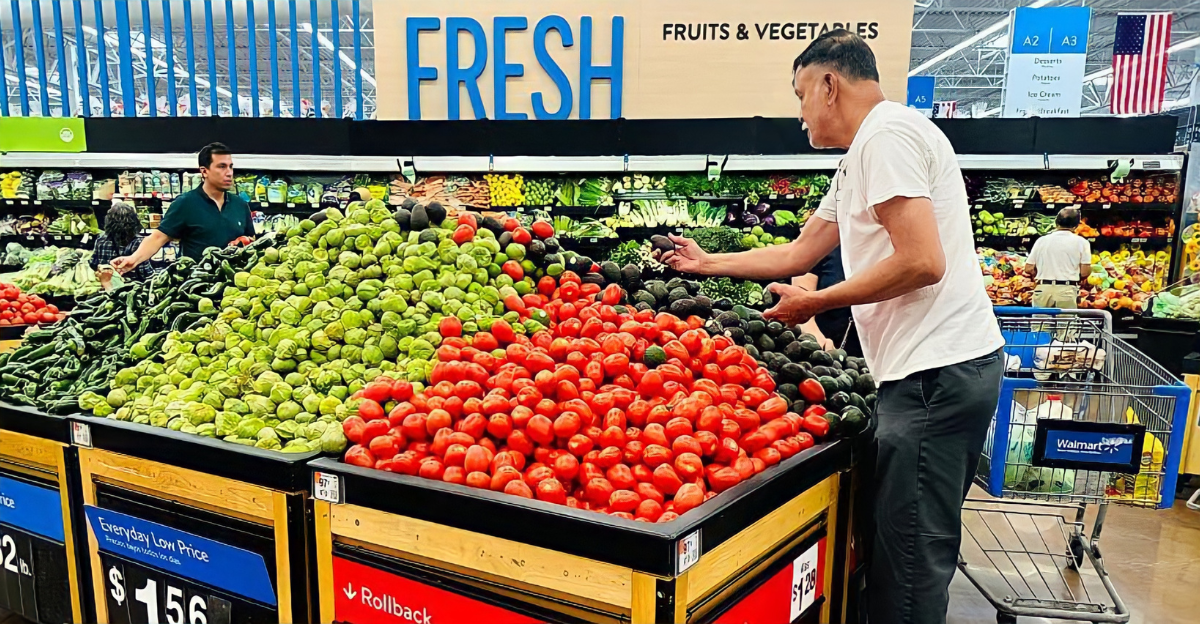
America’s grocery aisles face a fresh crisis: tomato prices are soaring nationwide after the U.S. imposed new trade measures. As of May 2025, field-grown tomatoes cost about $1.70 per pound, yet economists warn prices could surge another 8.5% to 10% almost overnight. For inflation-weary families, each consuming about 86.3 pounds of tomatoes annually, making them the country’s second-most popular vegetable, this timing couldn’t be worse. Restaurant owners nationwide are scrambling to adjust menus as primary ingredient costs climb. At the same time, growers like Joe Hernandez in Florida admit, “We’ve been watching prices climb, and it’s hurting our ability to keep the farm running.” These price spikes stem from forces deeper than regular market fluctuations: they reveal years of trade tensions and industry upheaval threatening a staple millions depend on for daily meals. Prices are set to change quickly, impacting families and businesses alike.
Roots of the Tomato Crisis
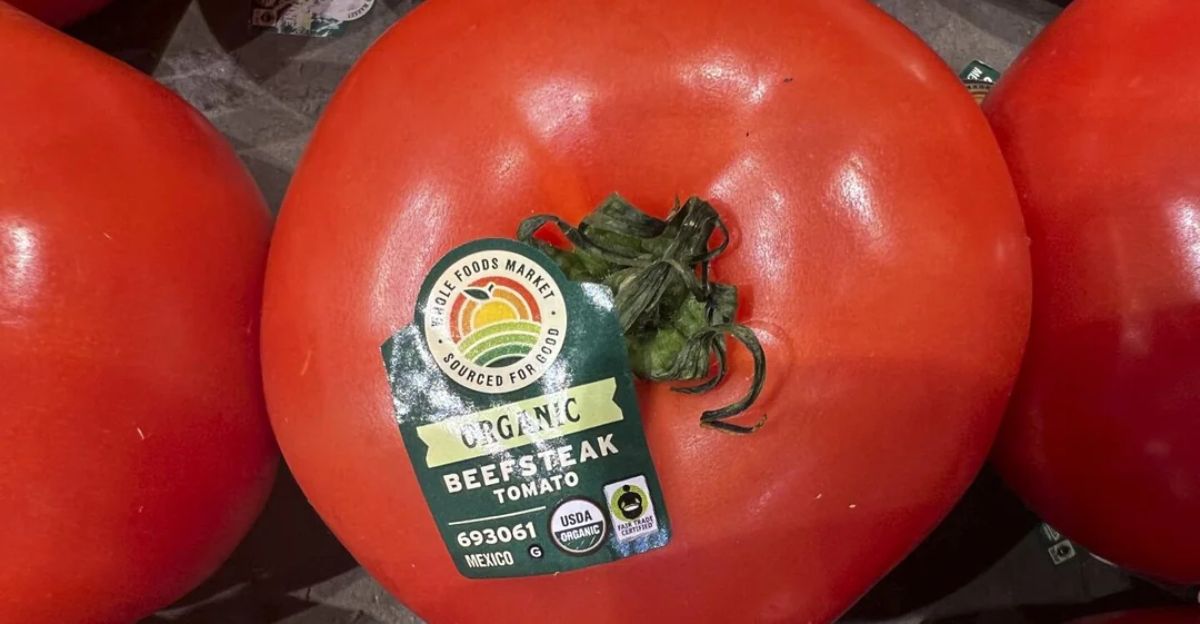
The new price crisis traces escalating trade tensions between American and Mexican agriculture. According to industry data, Mexico now commands 70% of the U.S. tomato market, a drastic ascendancy from just 30% two decades ago. This rise has devastated stateside growers, especially in Florida, where hundreds of farms shut down since NAFTA took effect in 1994. The Florida Tomato Exchange reports Mexican imports soared by nearly 400%, jumping from 800 million pounds in 1994 to about 4 billion in 2022. Florida farmer Maria Lopez bluntly says, “Our family farm is barely surviving with the flood of cheaper imports.” As the struggle intensifies, billions in cross-border commerce now hang in the balance.
The Tomato Suspension Agreement
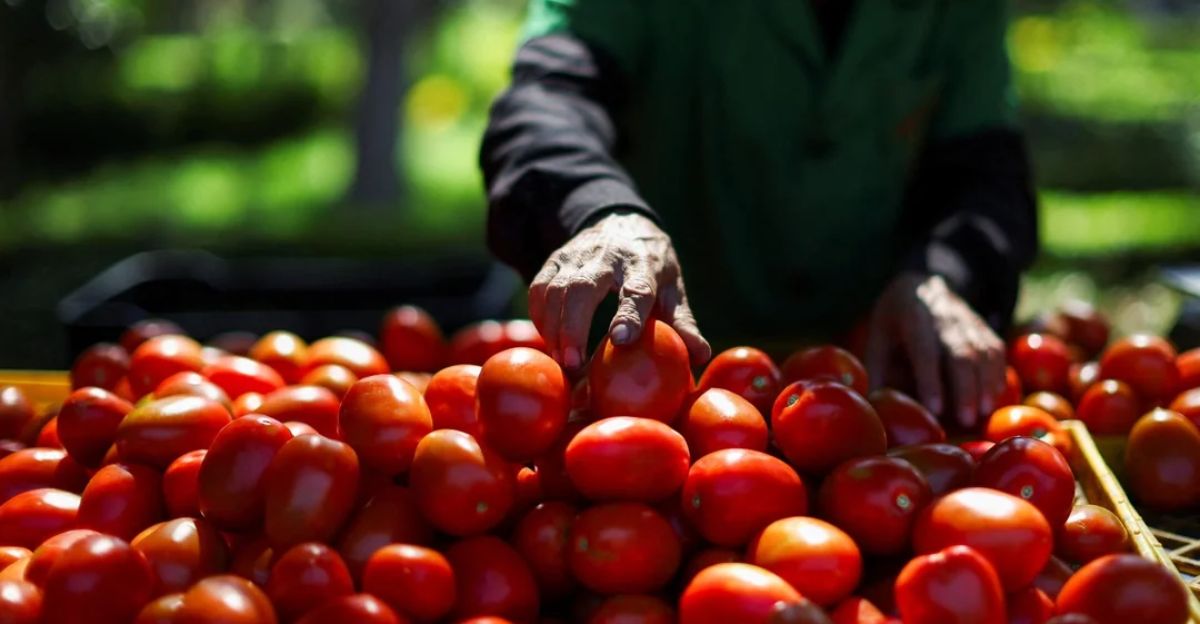
The roots of today’s crisis reach back to 1996, when U.S. tomato producers first accused their Mexican counterparts of “dumping,” selling at unfairly low prices. The two governments struck the Tomato Suspension Agreement, setting minimum prices for Mexican tomatoes to sidestep tariffs. This pact has been renewed multiple times and now governs over $3.1 billion in annual imports, supporting tens of thousands of American jobs in logistics and warehousing. Price floors range from 31¢ to 83¢ per pound, varying by variety and season. As analyst Susan Carter notes, “This agreement has long balanced free trade with support for domestic farmers, but the pressures grew too intense”.
Growers Demand Action

Throughout 2024 and into 2025, U.S. growers amplified their lobbying, demanding a harder line against Mexican imports. More than 100 producers from 13 states formally petitioned the Commerce Department, joined by multiple farm bureaus. Florida’s share of national tomato output had collapsed 80% in 1994, just 30% today. As Florida grower Tom Simmons explains: “Mexican greenhouses focus on premium, vine-ripened tomatoes, while we grow field tomatoes picked green. There’s no level playing field.” For producers, only robust new protections could halt the downward spiral.
The Pivotal Tariff Turns the Tide
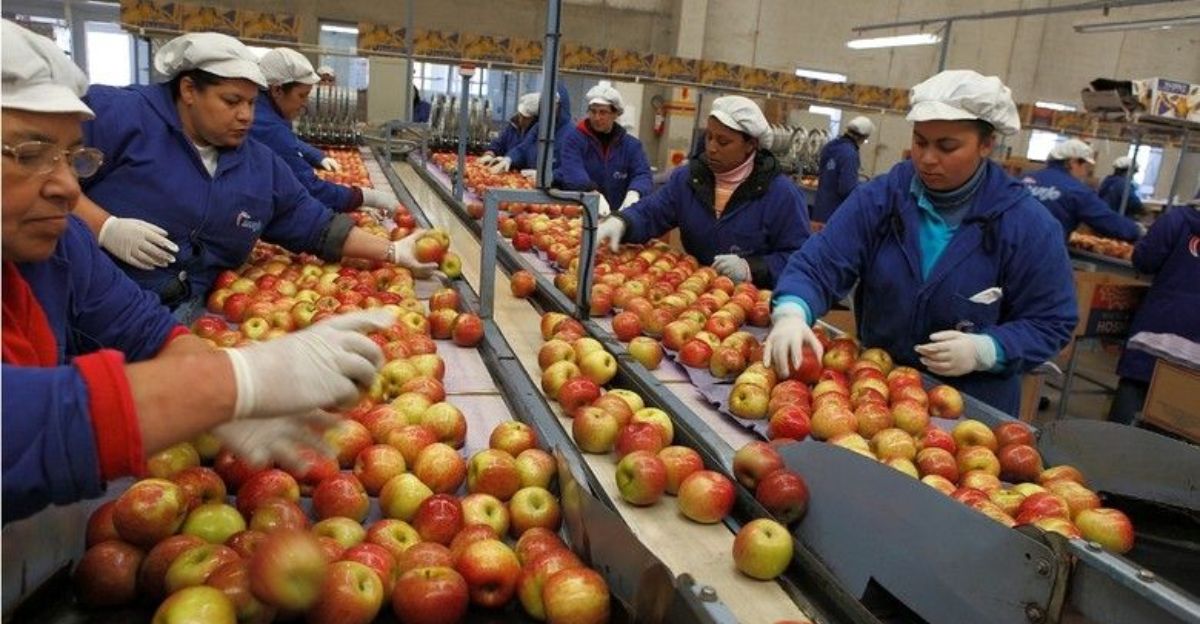
After years of dispute on July 14, 2025, the Department of Commerce terminated the 2019 Tomato Suspension Agreement and imposed a 17.09% antidumping duty on most Mexican tomato imports. Secretary Howard Lutnick stated, “Unfair trade practices have crushed our farmers far too long.” The Federal Register made the ruling immediately effective, citing extensive input from domestic growers demanding relief from sub-market prices. This dramatic move abruptly ended nearly 30 years of delicate negotiations and marked a new chapter in agricultural protectionism.
Border States Bear the Brunt

Border states, especially Texas and Arizona, face the brunt of disruption as the new tariffs bite. In Texas, half of all Mexican tomatoes enter through the Rio Grande Valley, supporting more than 30,000 local logistics and warehousing jobs. South Texas alone imported over 2.1 billion pounds of tomatoes in 2023. Arizona Governor Katie Hobbs cautioned the tariffs could cost her state up to $3 billion, while Senator Ruben Gallego urged, “Buy your tomatoes now.” Meanwhile, California restaurants brace for sharp cost spikes. A Southern California restaurateur, Teresa Razo, confides: “If prices stay high, I may have to close my doors.” Once built on seamless cross-border produce flows, these regions now face instability.
Restaurants and Eateries in Crisis

The shockwaves don’t stop at the border. Restaurant owners across America are feeling the squeeze as essential tomato costs surge. Pizza parlors where tomato sauce is a primary driver of costs are hit hard, as are Mexican eateries dependent on fresh salsa. Running two Argentine-Italian restaurants, Teresa Razo bluntly warns: “Higher tomato prices could bankrupt us in three months.” According to the Fresh Produce Association of the Americas, Americans now pay a “tomato tax” and face limited access to specialty varieties, including Roma, grape, and vine-ripened. Some chains are already weighing menu cuts and price hikes to keep doors open.
Disagreement and Divides
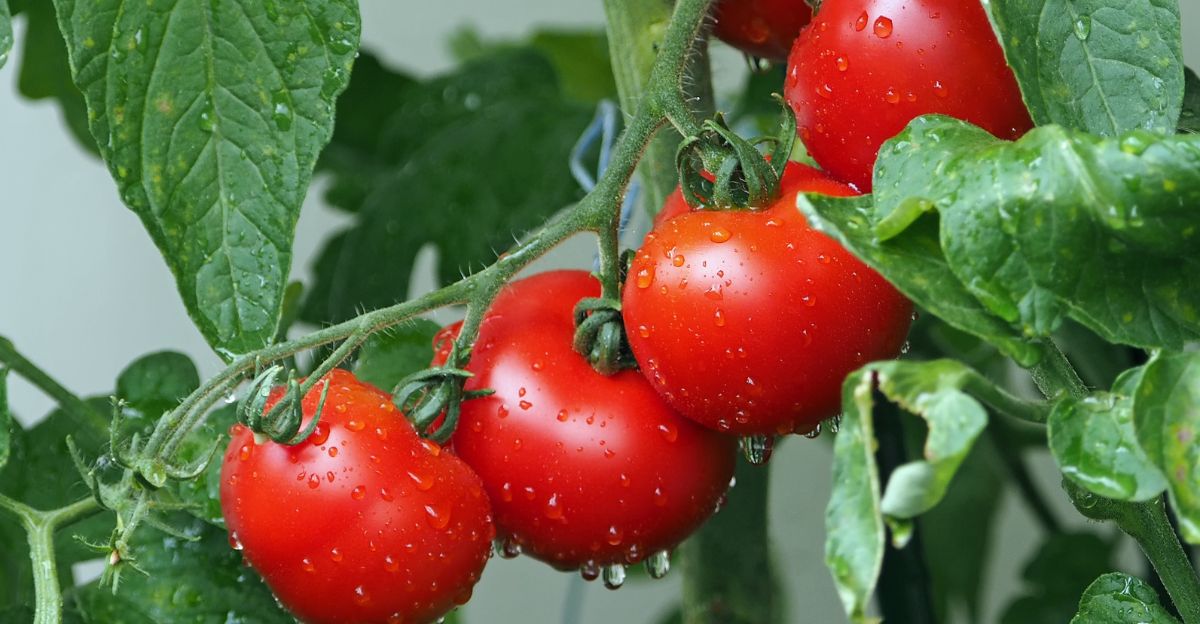
The move has divided agriculture and business communities. Robert Guenther of the Florida Tomato Exchange calls it “an enormous victory for American farmers,” finally delivering long-sought protection. Yet, the U.S. Chamber of Commerce, joined by thirty other business organizations, opposed outright termination and warned it could provoke damaging trade retaliation. Major retailers like Walmart and organizations like the National Restaurant Association also cautioned that consumers and businesses would suffer from sudden supply instability. The debate highlights enduring rifts balancing U.S. farm livelihoods against the perils of market volatility.
The Domino Effect
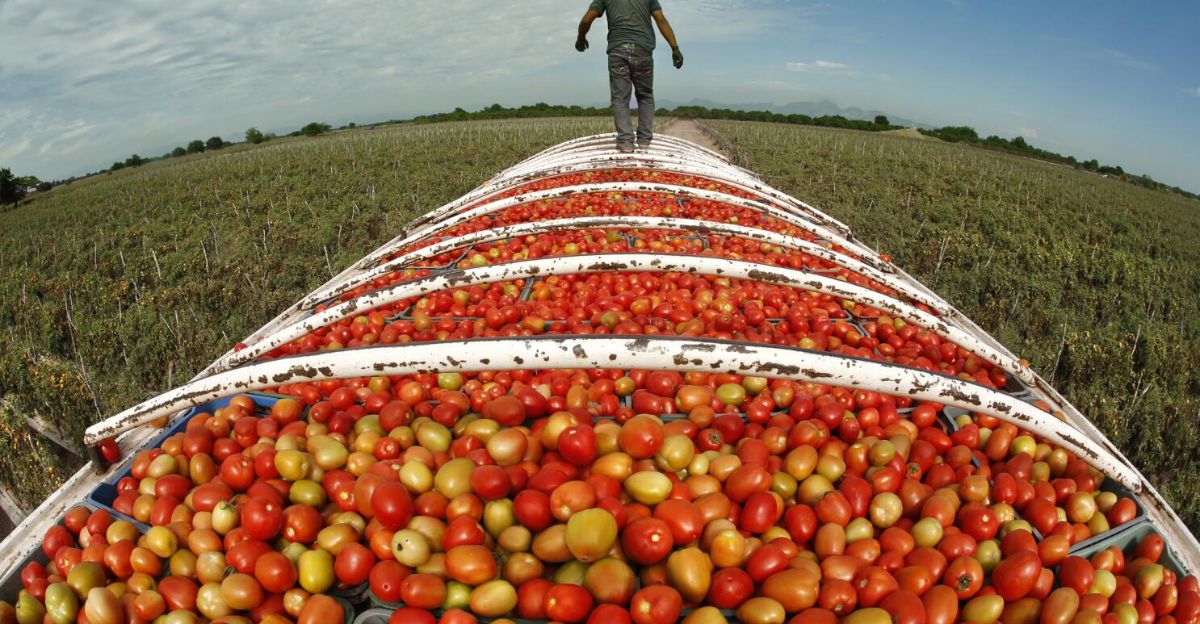
Research from Texas A&M University reveals Mexican tomato imports generate $8.33 billion in U.S. economic output each year, supporting nearly 47,000 domestic jobs when the broader supply chain is considered. For every dollar spent on imported tomatoes, $2.67 circulates through U.S. supply chains, freight, and retail. Arizona State forecasts prices could surge by 8.5% with the new duty, while some varieties may see up to 50% increase. According to the American Action Forum, the tariff could add 8¢ per pound to prices, boosting tomato costs for all Americans as the charge ripples through the economy. Economist Linda Park summarizes: “This tariff will ripple through the economy, affecting jobs and consumers alike”.
Navigating an Uncertain Tomato Future
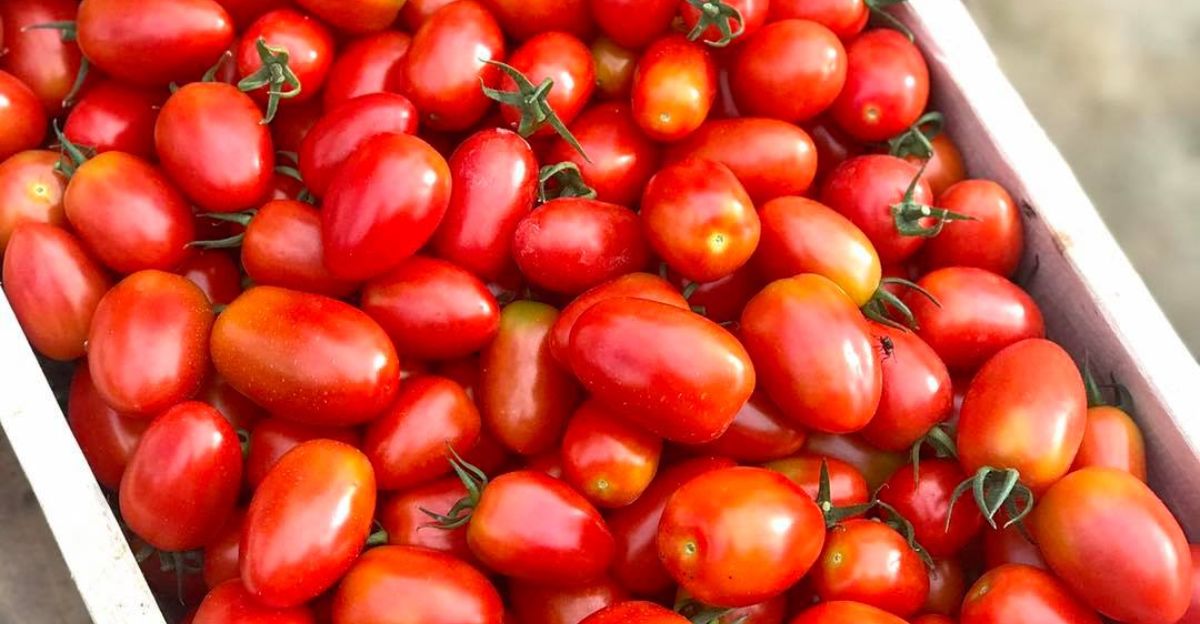
As this new tomato tariff takes effect, it may be a harbinger of broader policy shifts under renewed U.S. protectionism. Mexico’s government has signaled intent to keep negotiating while considering new markets for its $2.8 billion tomato industry. Domestically, growers have high hopes that market protections will revive American production and boost competitiveness. However, advocates fear higher prices may fuel a consumer backlash if sticker shock continues. The critical question remains: can U.S. agriculture ramp up fast enough to fill the gap, or will Americans pay more for the same tomatoes that have dominated produce aisles for decades? As Florida’s Joe Hernandez says, “We want to grow more here, but it’s a challenge”.
